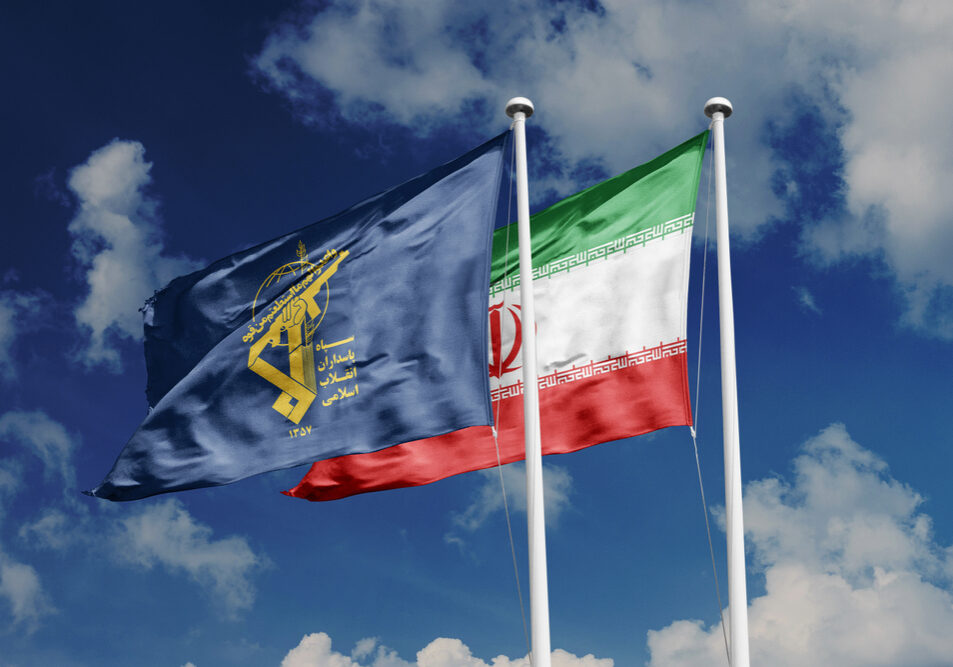Australia/Israel Review
Israel’s blackest day
Nov 1, 2023 | Amotz Asa-El

A country traumatised and transformed
The 7th of October, 2023, the Saturday to which Israelis now refer as the Black Shabbat, will be recalled universally as a landmark in military history.
The attack that caught Israel off guard was not only as unexpected as history’s most memorable surprise attacks, but also arguably the first-ever military-scale deployment of terrorists – a 40-kilometre-wide offensive that unleashed more than 2,500 armed men on three cities and 17 villages via fleets of pickup trucks, commando boats, paragliders, motorcycles and drones.
The towns attacked were scattered along the Gaza Strip, ranging between a few hundred metres to 20 kilometres from the border fence, with most infiltrations concentrated within five kilometres. The highest number of casualties was counted outside Kibbutz Reim, five kilometres east of the central Gaza Strip, where 3,500 young Israelis had gathered for the all-night Supernova dance festival.
Scores of gunmen fired shoulder missiles, hurled hand grenades, and sprayed the party-goers with submachineguns, in addition to using the ensuing stampede to seize women and rape them. By the end of the week, the volunteers of Zaka, a disaster-victim identification nonprofit organisation, had identified 260 victims’ bodies at the festival. In terms of a single location, it was the biggest terrorist attack in Israel’s history.
The overall toll of the Black Shabbat attack is by now infamous: an estimated 1,400 Israeli fatalities, of which at least 1,000 were civilians, including the elderly, children, disabled people and babies who were murdered as part of the battle plan – in addition to more than 200 who were taken to Gaza where they are now held as hostages. This is besides the carnage of hundreds of burnt houses, scorched farms and property looted or destroyed.
The factors that enabled this attack to be a complete surprise are also clear, on two levels: the technical and the mental.
Technically, the sensors along the border fence were disabled by drones assembled with Iranian know-how, thus blinding most of the system that might otherwise have detected the approaching assault. The opening of the attack with a heavy barrage of rockets further overloaded the system, and also enhanced the mistaken impression that this was but a variation on the countless waves of rocket attacks of the past, possibly peppered with sporadic, small-scale infiltrations.
Even more debilitating was a mental failure. No one in Israel imagined this kind of mass multipoint infiltration with thousands of armed fighters, a novelty in the history of terrorist attacks, which have almost all previously been launched by relatively small groups acting against relatively narrow locations, even if some of those were large skyscrapers. The idea of a broad attack on an entire region some 40 kilometres wide, inhabited by tens of thousands of residents, never crossed anyone’s mind.
In these regards, then, the attack that Hamas carried out was, from its point of view, a spectacular success. However, in other respects – tactically, strategically, socially and culturally – Hamas’ ploy appears to have failed.
Hamas’ plan, as described by some captured operatives, was to penetrate as deep inland as Kiryat Gat, a city 23 kilometres northeast of the Gaza Strip, and then to hold on to at least some communities captured for a long period of time, and thus create the impression Hamas had conquered – or “liberated” – Israeli land.
This part of the plan, like the successful parts, was not completely unrealistic, considering that the attack was timed for the morning of the Simchat Torah holiday, a Jewish festival when synagogues joyously celebrate the completion of the annual reading of the five books of Moses. The holiday meant there were fewer units along the fence, and they were understaffed, as many soldiers and officers had been given the weekend off.
Even so, this part of Hamas’ plan failed. The Israeli army took a few precious hours to send in a sufficient number of units to confront the invaders, but even the numerically inferior units of the IDF and local police they met sufficed to kill hundreds of the invaders and fend off the rest.
This tactical failure is now overshadowed by Hamas’ strategic failure – namely, the miscalculation of Israel’s response.
At this writing, the method and duration of the IDF’s counterattack have yet to become known, but its size is evident. Israel has mobilised 300,000 reservist troops, in addition to the standing army’s estimated 175,000 – though a portion of that has had to be positioned along the Lebanese border, where the Iranian proxy Hezbollah has been sporadically attempting to infiltrate Israel, firing rockets and anti-tank missiles into Israel to assist Hamas.
The size of the force Israel assembled may have defied Hamas’ apparent assumptions, which included a belief that this year’s large, intense demonstrations against the Government’s plans for judicial reform meant that Israeli society was falling apart.
In fact, Hamas’ attack united Israel, a reality that became evident first and foremost by the reservists’ response to their sudden enlistment. Manpower officers reported that practically anyone called up showed up, and in fact many who were not called up presented themselves as well.
The urge to enlist surfaced as soon as news of the invasion broke on social media networks as the fighting was joined by civilians who rushed on their own volition to the western Negev with their private weapons to see how they could help.
The civilian rescue efforts defied Israel’s political divisions. One of the citizens who rushed to the scene was Yair Golan, a leader of the left-wing Meretz movement. A retired major-general, the 61-year-old Golan drove through the fields surrounding the Supernova festival site, searching for and finding young people who were hiding from the terrorists and driving them to safety, even while the area was still swarming with armed gunmen.
Two other retired generals who had also been among the Netanyahu Government’s critics, Noam Tibon (62) and Yisrael Ziv (66), also rushed to the scene to join the fighting, killing some terrorists and also helping to evacuate wounded soldiers.
At the other end of the political spectrum, meanwhile, the army reported that 2,000 ultra-Orthodox men, whose community generally prefers that they study in religious academies rather than serve in the military, have approached recruitment centres and requested to be enlisted.
Israel’s politicians joined the national trend toward working together, and set up an emergency war cabinet in which Prime Minister Binyamin Netanyahu, Defence Minister Yoav Gallant, and Strategic Affairs Minister Ron Dermer of the Likud are joined by Benny Gantz and Gadi Eisenkot – both former IDF chiefs of staff – from the opposition National Union faction. Opposition Leader Yair Lapid’s Yesh Atid (“There is a Future”) party said it would support the Government without joining it.
In terms of civil society, the Israeli sense of outrage and determination is so omnipresent and powerful that thousands of citizens have sought myriad ways to volunteer in the service of what is perceived here as one of the most testing moments in Israel’s history.
Hundreds of families and scores of hotels have volunteered to host attack survivors, and other residents evacuated from towns along the Gazan and Lebanese borders. Thousands have prepared meals for the soldiers and offered clothes, gadgets and equipment.
In the Tel Aviv Fair Grounds, myriad ad-hoc organisations are deploying thousands of volunteers through a computerised centre established by volunteers overnight. The vast Expo compound, which contributed many of its pavilions free of charge, has been divided into sections that absorb donated goods and send them off with volunteers who drive them with their own vehicles to wherever the computers say soldiers need them.
A separate operation provides rides for the soldiers themselves to or from their bases. Another section finds and deploys trucks filled with donated food. Another part matches displaced residents from the frontline area with people looking to host them. Another links attack victims with psychologists.
The centre also collects, and offers to relatives, information about missing people, and also offers daycare for toddlers and zoom classes led by citizen volunteers to teach kids while schools across the country are shut. An entertainment section recruits and sends singers and artists to the front line. And the list goes on.
The question that this jamboree effectively raises – why is the Government not doing all this – is only one of many Israelis will doubtless ask once the current war ends. Right now, however, this solidarity represents a secret weapon that Israel’s citizens have developed with breakneck speed, and one Hamas had clearly not expected.
Finally, Hamas did not foresee the effects of its massacre on the Jewish people more broadly. Reports of Jewish families being pulled out of their houses and mowed down with submachineguns, of babies being snatched from their mothers’ arms and children being murdered in front of their parents’ eyes, have shocked Jews across six continents, striking a deep chord in Jewish hearts, minds and souls.
The consequent feeling in Israel is that not only Israelis from across the political spectrum, but the entire Jewish nation, sees Hamas’ conduct and mindset as something akin to the reincarnation of Nazi hatred and barbarity. It is a cost Hamas likely underestimated – and in due course, one Hamas is likely to find it cannot afford.






